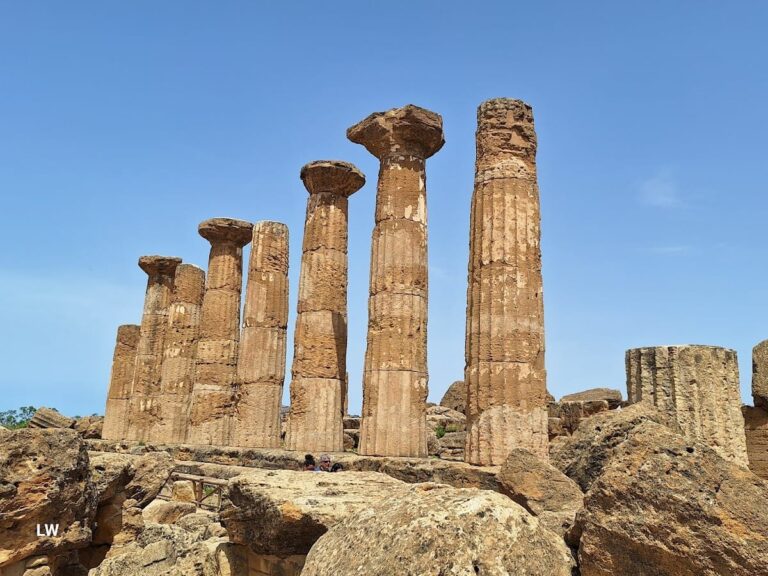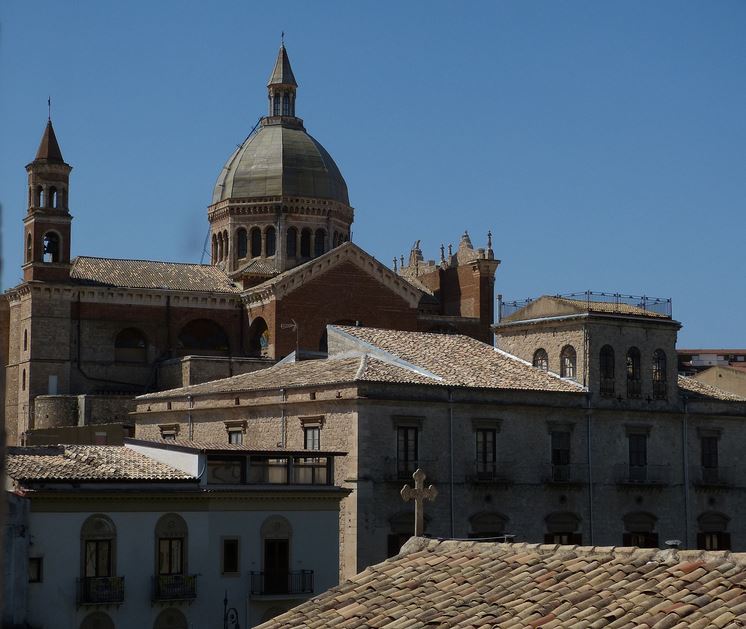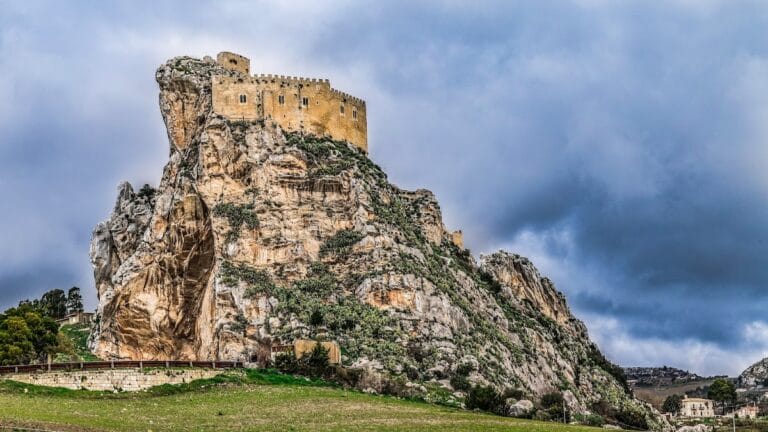Castello di Siculiana: A Medieval Fortress in Sicily
Visitor Information
Google Rating: 4.7
Popularity: Medium
Google Maps: View on Google Maps
Official Website: www.castellochiaramonte.it
Country: Italy
Civilization: Unclassified
Remains: Military
History
The Castello di Siculiana stands within the municipality of Siculiana, Italy, and was originally built by the noble Chiaramonte family in the early 14th century. Its location on a rocky ridge between the towns of Siculiana and Sciacca placed the castle in a strategically important position along the western Sicilian coast.
Before the construction of the present fortress around 1310, the site had a long history of military use dating back to the period of Arab rule. At that time, the area was fortified with a castle known as “Rahl” or “Kalat Sugul.” This earlier stronghold was part of a network of eleven castles that defended against the Norman conquest led by Roger I. The name “Kalat Sugul” reflects the Arabic origin of the fortification and the continuity of defensive functions on this site.
Around 1310, Federico II di Chiaramonte, son of Federico Chiaramonte and Marchisa Prefolio, undertook the construction of the current castle, which became the core around which the oldest section of Siculiana developed. This construction marked a transformation from the earlier Arab fortress to a medieval European castle, adapting the site for new political and military needs during the period of feudal control.
Throughout the medieval and early modern periods, ownership of the castle passed through several prominent families. Following the Chiaramonte era, control was transferred to the Del Carretto family and later to the Isfar family. By the 15th century, royal authorities confirmed possession of the fortress under King Martin I in 1401 and later King Alfonso V in 1430, securing the legal rights of its noble owners. Subsequent changes in ownership involved the Valguarnera and Bonanno del Bosco families, reflecting both inheritance and sales. The castle remained in use and maintained as the seat of a barony until the 19th century.
In more recent history, the Agnello family held the castle from the late 19th century until the 1970s. Over these centuries, the castle bore witness to the region’s changing political and social landscapes, symbolizing the endurance of feudal estates alongside shifts in power and governance.
Remains
The Castello di Siculiana is built with gypsum stone blocks carefully bonded with plentiful mortar, resulting in a robust and lasting structure. Its design follows a distinctive plan formed by two wings converging at an angle, adapting to the topography of the rocky ridge on which it stands. The southern wing is composed of a single floor, while the northern wing rises to two stories, offering a more complex internal arrangement.
One of the defining features of the castle is its placement on the edge of a cliff, which provides natural protection by having its walls drop steeply down the rocky slope. This positioning made the fortress difficult to assault and reinforced its defensive purpose in the medieval period.
Within the castle’s interior, service rooms supported its daily functions and governance, including storage, living quarters, and areas for staff and soldiers. A small church dedicated to Saint Lawrence is also located inside the castle grounds, reflecting the customary inclusion of a place of worship within noble residences to serve both the lord’s household and the local community.
Despite centuries of changes in ownership and use, the overall layout retains the essential features of a medieval stronghold adapted to the Sicilian landscape. The surviving masonry and spatial organization provide a tangible link to the castle’s multifaceted role as a defensive site, noble residence, and community center over several hundred years.










